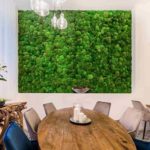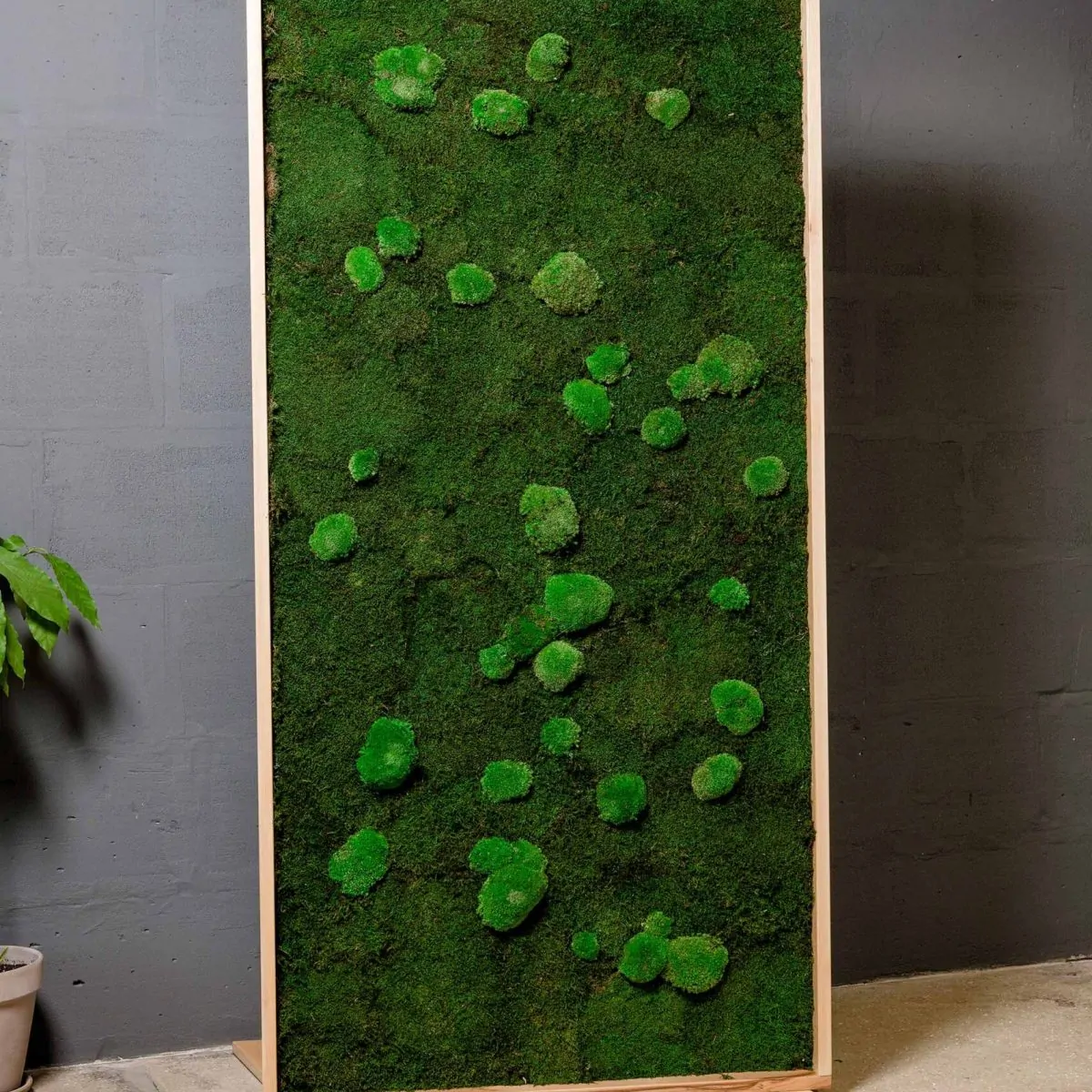
 Although making a three-dimensional jigsaw puzzle like the one shown in the photo at left would challenge even the most seasoned woodworker, producing a flat version (below) is a relatively simple undertaking. You can select any image for a puzzle: a drawing, postcard, map, or photo. If you do not want to cut up the original, make a color photocopy. In either case, the image should be on a fairly heavy-weight paper. For the base of the puzzle, use hardboard or Baltic birch plywood. Softwood plywoods made from Western fir or Southern pine tend to splinter and require meticulous sanding.
Although making a three-dimensional jigsaw puzzle like the one shown in the photo at left would challenge even the most seasoned woodworker, producing a flat version (below) is a relatively simple undertaking. You can select any image for a puzzle: a drawing, postcard, map, or photo. If you do not want to cut up the original, make a color photocopy. In either case, the image should be on a fairly heavy-weight paper. For the base of the puzzle, use hardboard or Baltic birch plywood. Softwood plywoods made from Western fir or Southern pine tend to splinter and require meticulous sanding.
The number of pieces in a puzzle determines its difficulty—both in making it and reassembling it. As shown on page 109, the size of the pieces should be consistent, but you can shape the individual pieces as your skill and creativity dictate. The only requirement is that each piece must contain at least one lobe or socket for each edge.
|
1 |
Mounting the image to the base
Cut the puzzle’s base slightly smaller than the image you are using, then bond the paper to the base using a spray adhesive. Flatten down the paper (right), then trim the excess flush with the edges of the base using a sharp utility knife.




2 Mounting the cutting pattern
As a guide to cutting the puzzle, make a cutting pattern. On a sheet of paper the same size as your image, outline a grid of squares approximating the size of the puzzle pieces, then draw the lobes and sockets of each piece. Use artist’s temporary spray adhesive to mount the pattern to the image (above).
|
4 |
Cutting out the pieces
Once the puzzle has been cut into strips, cut out the individual pieces. Feed each strip across the scroll saw table with both hands, making sure your fingers are clear of the blade (left). Make sure the hold-down is pressing the workpiece flat on the table. Once all the pieces are cut, peel off the cutting pattern.
|
 |
|
![]()
|

3 Reassembling the block
Before you can cut the adjacent face of the block, you need to put it back together. Use two strips of strong masking tape, making sure all four sides of the block are flat and perfectly aligned (right).
|
4 |
Cutting the adjacent face
Place the block back on the band saw table so that the cutting pattern on the adjacent side is facing up and cut along the marked lines (left). Once all the cuts are made, remove the cutting patterns and the tape from the block. If the puzzle does not slide apart easily, sand the saw kerfs with a piece of sandpaper wrapped around a dowel.




